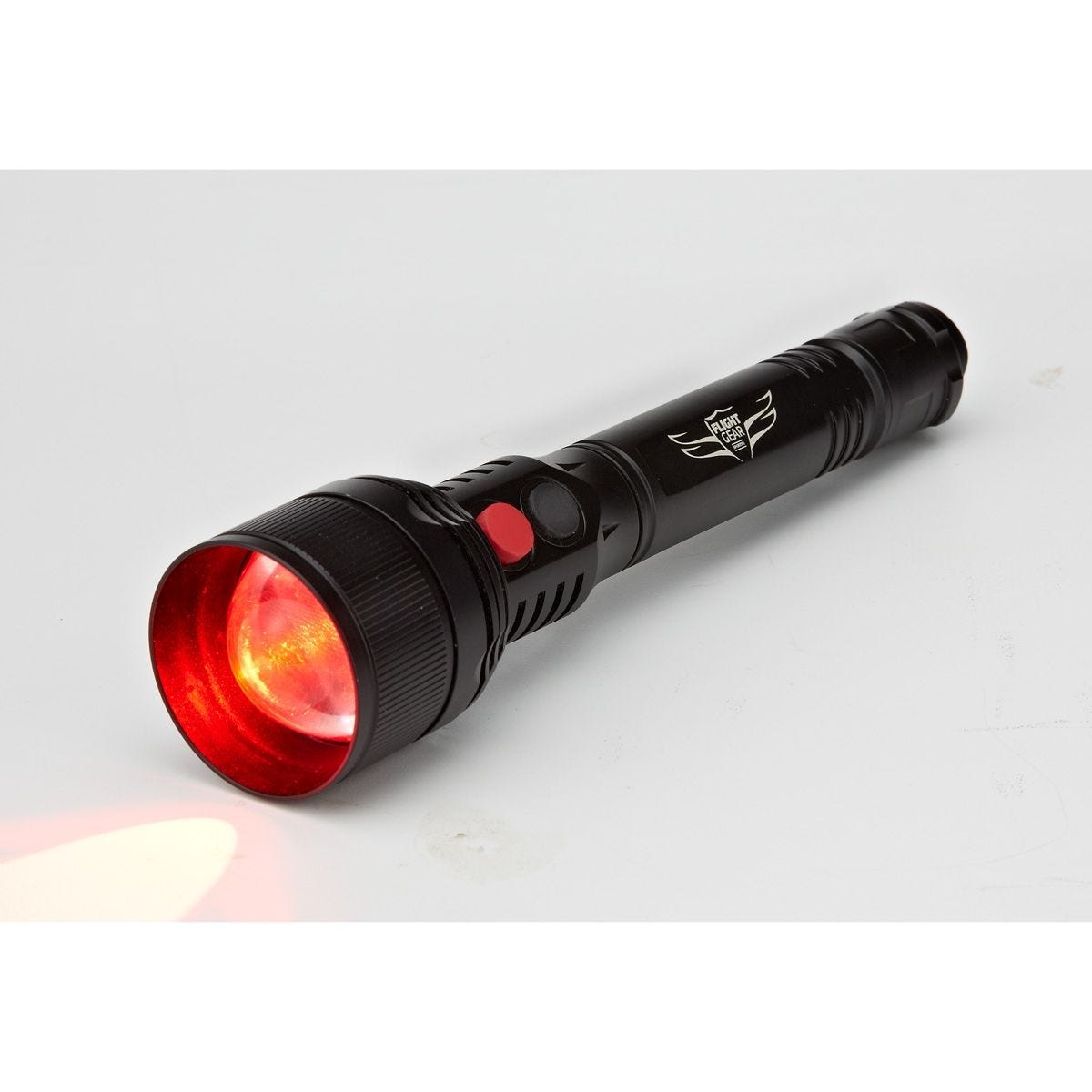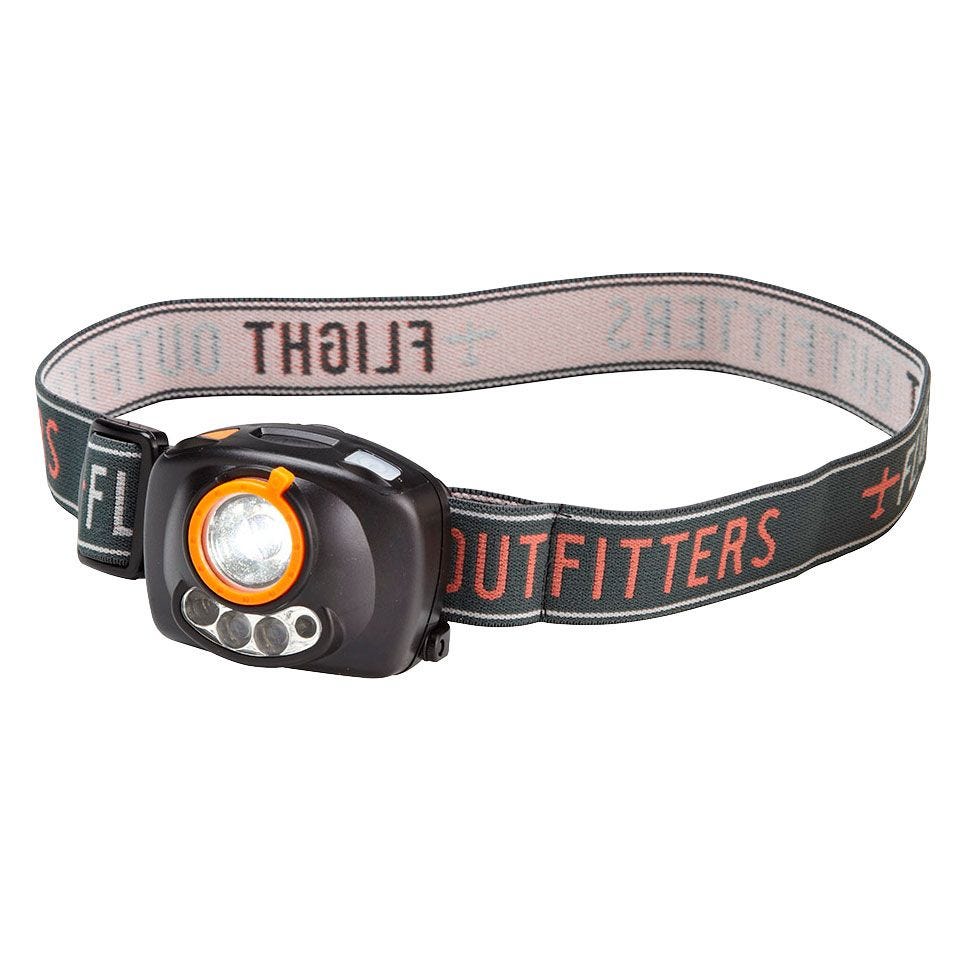3 Night Flying Pilot Hacks
|
Getting your Trinity Audio player ready...
|
 I’ll never forget my first night training flight. I was terrified and had a million questions for my flight instructor. How was I supposed to navigate without seeing the same landmarks I was accustom to seeing during the day? Without a visible daytime horizon, could I stay in control of the airplane? What happens if I lose my way? How will I avoid birds or anything else flying around in the dark for that matter?
I’ll never forget my first night training flight. I was terrified and had a million questions for my flight instructor. How was I supposed to navigate without seeing the same landmarks I was accustom to seeing during the day? Without a visible daytime horizon, could I stay in control of the airplane? What happens if I lose my way? How will I avoid birds or anything else flying around in the dark for that matter?
It didn’t take many flights for me to really start to appreciate and enjoy flying at night. In many ways, it is better than flying during the day. It’s easier for me to schedule an airplane, it’s often much smoother and clearer than during the day, and there are fewer aircraft competing for the same airspace. Flying at night is one of the many privileges we have as private pilots, and what good is a privilege if you don’t exercise it?
But night flight isn’t without some unique challenges. Here are my top 3 hacks to overcome some of those challenges and make your night flights more enjoyable.
#1 Pick the right flashlight
 Flashlights seem to be everywhere, but no two flashlights are built the same and you get what you pay for as I’ve learned many times. While you can grab a flashlight for a $1 at discount stores, if the flight deck really does go dark, you don’t want your successful outcome to hinge on the weekly special. My top three requirements for an aviation flashlight are:
Flashlights seem to be everywhere, but no two flashlights are built the same and you get what you pay for as I’ve learned many times. While you can grab a flashlight for a $1 at discount stores, if the flight deck really does go dark, you don’t want your successful outcome to hinge on the weekly special. My top three requirements for an aviation flashlight are:
- Red and white light. White for preflight and red to preserve night vision while on the flight deck.
- Independent buttons to operate the red and white light. It doesn’t make sense to scroll through the white light and destroy your night vision to get to the red light. It also costs precious time.
- Standard alkaline batteries. There is something reassuring about being able to replace your batteries when they are dead instead of having to locate a charging cable and outlet (if you even remember to do so before your flight). Bonus points if your flashlight uses AA batteries. Most ANR headsets use AA batteries, so you now have a backup battery source when in a pinch.
The flashlight I keep in my bag is the Flight Gear Flashlight from Sporty’s, as it satisfies all three of my requirements and is priced right.
#2 Headlamp, or is it a neck light?
 Some pilots, myself included, prefer a headlamp. You have enough stuff in the cockpit to keep your hands occupied without having to hold a flashlight. Using a headlamp is a convenient way to free up your hands, but it could be cumbersome to put on and it can get in the way of your headset. To solve both issues, I like to put my headlamp around my neck like a necklace. Turning on a red headlamp around your neck can fill the cockpit with enough soft light to see everything without waking any sleeping passengers.
Some pilots, myself included, prefer a headlamp. You have enough stuff in the cockpit to keep your hands occupied without having to hold a flashlight. Using a headlamp is a convenient way to free up your hands, but it could be cumbersome to put on and it can get in the way of your headset. To solve both issues, I like to put my headlamp around my neck like a necklace. Turning on a red headlamp around your neck can fill the cockpit with enough soft light to see everything without waking any sleeping passengers.
Pro tip: If your headlamp has a bracket normally used for aiming the light down from your forehead, put the headlamp around your neck upside down. This will provide better directional control for your new neck light. My favorite headlamp is the Flight Outfitters headlamp, as it has independent buttons for the red and white light.
#3 Use Oxygen to stay sharp
 On one of my early cross country night flights, my instructor preformed an experiment that has stuck with me to this day (learning principle of effect). We leveled off at 8,500 feet and flew for about an hour. He took out an oxygen system and told me to look at the city lights in the distance while taking a few breaths of oxygen. It was like the entire town was operating on a dimmer switch and somebody just cranked it up. It illustrated to me the effects of hypoxia and the benefits of using oxygen when flying at higher altitudes. You can grab a complete portable oxygen system for just over $500, or you can grab a few of these smaller Boost canisters. A few hits of oxygen before descending will keep you sharp for those night approaches.
On one of my early cross country night flights, my instructor preformed an experiment that has stuck with me to this day (learning principle of effect). We leveled off at 8,500 feet and flew for about an hour. He took out an oxygen system and told me to look at the city lights in the distance while taking a few breaths of oxygen. It was like the entire town was operating on a dimmer switch and somebody just cranked it up. It illustrated to me the effects of hypoxia and the benefits of using oxygen when flying at higher altitudes. You can grab a complete portable oxygen system for just over $500, or you can grab a few of these smaller Boost canisters. A few hits of oxygen before descending will keep you sharp for those night approaches.
Putting these three items in your flight bag should help make your night flights more enjoyable. But don’t forget to watch out for those flying squirrels, especially at night.
- Top 10 student pilot gifts - December 2, 2024
- 5 “must-have” products for IFR training - February 7, 2024
- Five common student pilot mistakes - May 22, 2023

